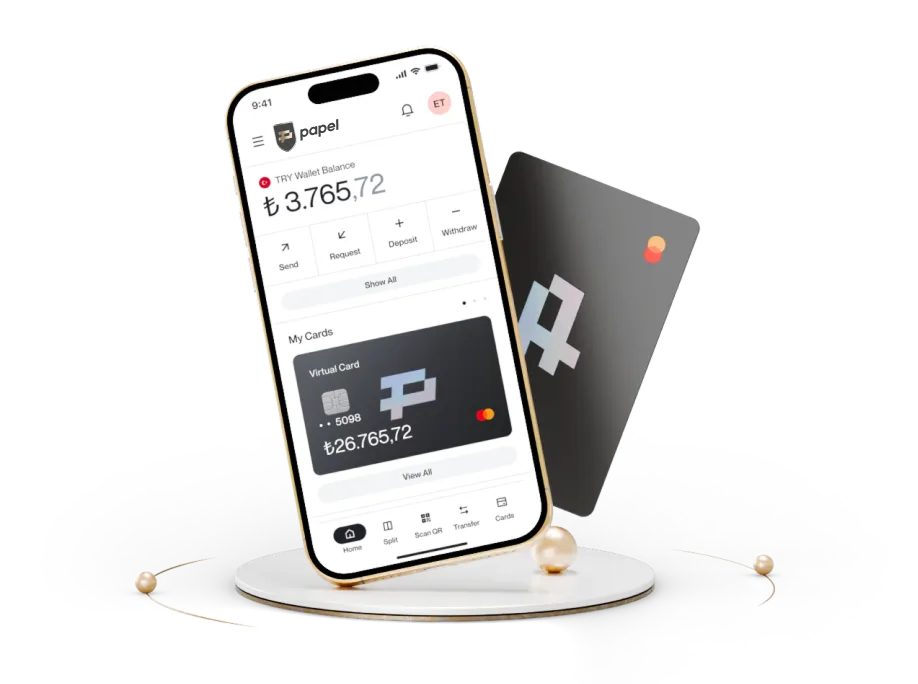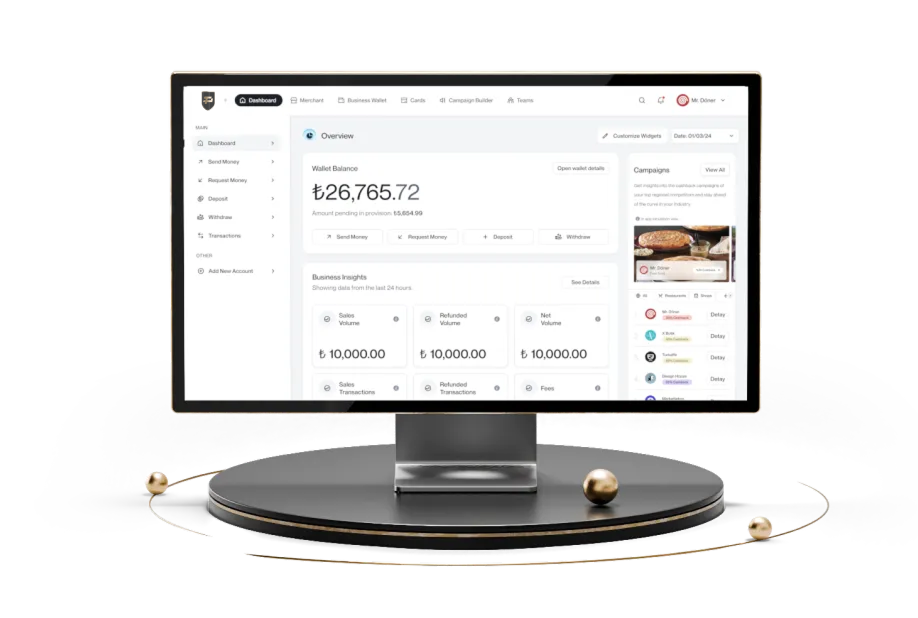What Is an Digital Payment System and How Does It Work?
Digital payment systems (e-payments), widely used in financial transactions, simplify life for businesses and individuals. But what exactly is an Digital payment system, how does it work, and what are its types? You'll find answers to these questions and more in this article.
What Is an Digital payment System?
An Digital payment system is a digital payment method that allows customers to pay for products and services online. With Digital payment systems, the need for cash or checks is eliminated. Instead, payment can be made through credit cards, debit cards, digital wallets, and mobile payment apps.
How Does an Digital payment System Work?
Digital payment systems, which facilitate digital payments, are widely used today. These systems are especially crucial for e-commerce platforms, ensuring secure and fast transactions, enhancing customer satisfaction, and streamlining sales. The process of an Digital payment system generally consists of the following steps:
Shopping and Payment
The customer selects a product or service on an e-commerce website and proceeds to checkout. The site offers multiple Digital payment options from which the customer selects one. Credit card details, digital wallet credentials, or other payment information are entered at this stage.
Encryption of Payment Details
The entered payment details are encrypted to ensure security. This encryption prevents third parties from accessing sensitive information.
Payment Approval and Transaction Completion
The transaction is approved once the payment details are verified and the money is transferred to the seller's account. The transaction is completed in just a few seconds.
Order Confirmation and Delivery
After a successful payment, the customer receives an order confirmation, and the delivery process begins.

What Are E-Commerce Payment Tools?
Various payment tools ensure customers can complete their online purchases securely and quickly. The most commonly used e-commerce payment methods in Turkey include:
Credit and Debit Cards
Credit and debit cards are the most widely used payment methods in Turkey. They are also the most preferred option for online shopping.
Wire Transfer and EFT Payments
Bank transfers such as Wire Transfers and EFTs are secure payment options. These methods are ideal for customers who prefer not to share their credit card details.
Virtual POS (Online POS System)
E-commerce websites use Virtual POS services to securely process credit and debit card payments. Virtual POS eliminates the need for physical POS devices, making it an efficient solution for businesses.
Digital Wallets (E-Wallets)
Digital wallets like Apple Pay and Google Pay store card details, allowing users to make fast and secure payments. If you want to simplify your life with a digital wallet, sign up for Papel and start using Papel Digital Wallet today!
Mobile Payment Applications
With QR code scanning and NFC technology, mobile payment apps make contactless transactions easy. These apps have become one of the most preferred payment solutions.
Cryptocurrency Payments
Payments are made using Bitcoin, Ethereum, and other cryptocurrencies. This payment method is not yet legal in Turkey.
What Are the Advantages of Using an Digital payment System?
Digital payment systems, which facilitate financial transactions in the digital world, offer several benefits for both businesses and customers. Some key advantages include:
Fast and Easy Transactions
Digital payment systems allow instant payments, making the shopping and payment process much faster.
Security
Equipped with advanced security measures, Digital payment systems reduce fraud and identity theft risks.
Customer Satisfaction
By offering various payment options, Digital payment systems enhance customer satisfaction.
Integration and Automation
Digital payment systems can be integrated with ERP and accounting software, automating payment processes and minimizing errors.
International Transactions
With multi-currency support, Digital payment systems facilitate international sales and transactions.
Sources: 1.

